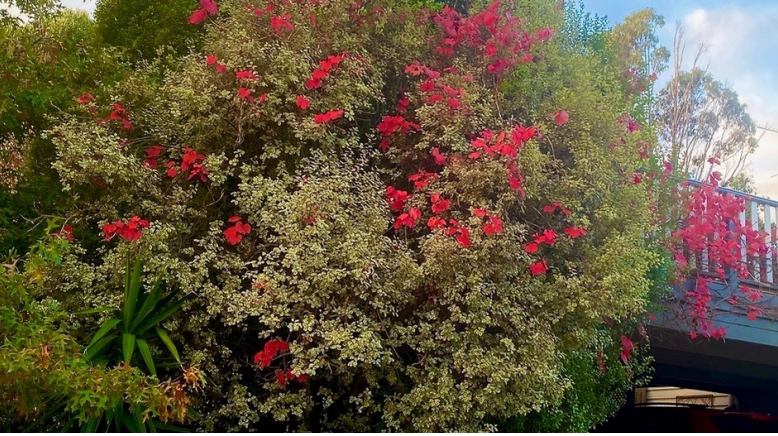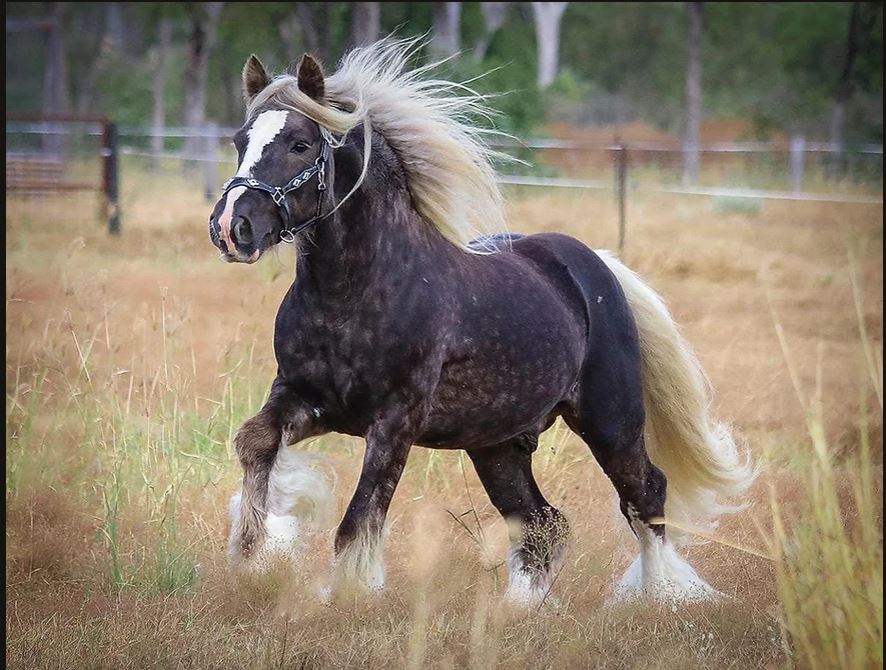May 15th, 2024Glen, about the house…

Scent from south of the border
Shrubs can add beauty to your garden in so many different ways, be it colourful foliage, attractive flowers or habit of growth, but one of the most welcoming ways is in filling the air with waves of delicious perfume.
It should be no surprise that many of the trees, shrubs and climbers having this particular attribute originated in South America, particularly Mexico.
There the climate is closest to ours, meaning that with the right treatment and conditions they should thrive in your gardens but will obviously need some protection from winter frosts and cold winds until they are fully established.
One needing minimum protection is aloysia citrodora – the lemon-scented verbena – a sturdy, easily grown, compact shrub of 2 to 3 metres. The leaves are pale green in colour and are long with deep crinkly serrations.
In spring the plant is covered with pale, mauve/grey flowers. It is evergreen and fast growing. The perfume is in the leaves, which when crushed or bruised, give off an attractive, strong, citrus-like smell. If the foliage is picked and dried, it will give a long-lasting aroma to your linen closet or wardrobes.
Aloysia is easily grown and will thrive in any warm exposed position in any well-drained soil. Cut the shrub back hard each spring after flowering to keep it compact and bushy.
Choisya ternata (Mexican mock orange) is another attractive, perfumed (and one of my favourites) shrub. It’s evergreen and will grow quickly to a height of one or two metres. The foliage is dark green and glossy, and in spring the whole plant is covered in blossom, emitting a subtle, orange blossom-like perfume.
Wet feet is the arch enemy of choisya, so should be planted in a well-drained spot in the garden (especially in winter), or into a large pot of fibrous soil.
Heliotropium arborescens (cherry pie) is a compact evergreen shrub growing to a metre high. The leaves are oval and dark green with a furry texture. In spring the branches are covered with deep purple, lantana-like, subtle but sweet flowers.
Provided the plant is pruned each year after flowering, heliotropium will make a neat, round shrub or can be used as a low bordering hedge. If planted in any exposed area in light soil or heavy loam they would appreciate protection from frost in the first winter.
Philadelphus virginalis (mock orange) is another attractive shrub bearing the same common name and originating in Mexico but this time it’s deciduous and quickly attains a height of 2 metres.
It flowers mainly on second-year wood so care should be taken to ensure that this wood is cut back hard after flowering to be sure of plenty of healthy young wood for the next season’s crop of large single fragrant blooms to pick and take indoors.
Plumeria rubra v. acutifolia (frangipani) is another but please note I include this one with a note of caution. Frangipani is a widely grown native of Mexico and would require a glass greenhouse, well-lit sunroom or a decidedly frost-free position in a large but moveable pot to succeed in our local climate.
They need to be grown in well-lit and warm positions in very well drained soil. Their greatest enemies are collar rot and wet feet which are brought about by excessive water especially during their dormant periods.
So if you keen enough to try, use a large tub and sandy loam so that the amount of water they receive can be strictly controlled and fingers crossed. Oh, by the way, it would be best to wait until the warmth of spring.
Above, our pittosporum teniufolium in the annual embrace of our fence-covering ornamental vine (vitis vinifera) before its annual “haircut” – this year it beat me to it by producing an early season festoon of beautifully coloured leaves.
Got a gardening query? Email glenzgarden@gmail.com










